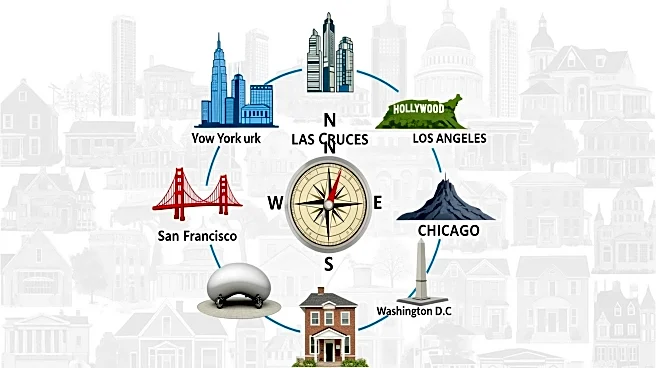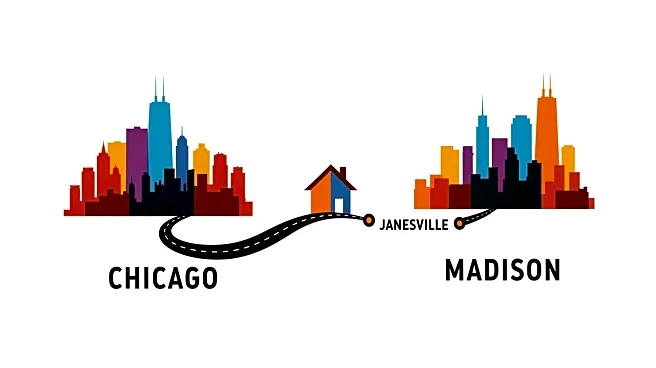What's Happening?
Recent data from Realtor.com highlights a significant interest in Pine Bluff, Arkansas, from various metropolitan areas across the United States. The scarcity of homes on the market nationwide, which remains
below pre-pandemic levels, has kept prices elevated despite a slowdown in sales over the past year. This trend has led to increased online house hunting, with 97% of homebuyers utilizing online platforms according to a 2021 National Association of Realtors report. The cross-market demand data from Q3 2025 shows that Dallas, Texas, leads the interest with a view share of 13.3%, followed by Little Rock, Arkansas, at 12.7%, and Chicago, Illinois, at 9.8%. Other notable metros include Kansas City, Phoenix, and New York, each contributing to the viewership of Pine Bluff properties.
Why It's Important?
The interest in Pine Bluff from major metropolitan areas underscores the shifting dynamics in the U.S. housing market. As home prices remain high due to limited inventory, potential buyers are exploring more affordable and less saturated markets. This trend could lead to increased economic activity in Pine Bluff, potentially boosting local businesses and services. For residents in these metros, relocating to Pine Bluff might offer a more cost-effective living situation, especially for those seeking to escape the high costs associated with larger cities. The data also reflects broader migration patterns influenced by economic factors, remote work opportunities, and lifestyle changes post-pandemic.
What's Next?
As interest in Pine Bluff continues to grow, local real estate markets may experience increased competition, potentially driving up prices and demand for new housing developments. Stakeholders, including real estate agents and local government officials, may need to address infrastructure and community planning to accommodate new residents. Additionally, the trend could prompt other smaller cities to market themselves as viable alternatives to larger, more expensive metros, further influencing migration patterns across the country.
Beyond the Headlines
The movement towards smaller cities like Pine Bluff may have cultural implications, as new residents bring diverse backgrounds and perspectives, potentially enriching the local community. This influx could also lead to changes in local politics, education systems, and social services, requiring adaptation and integration efforts. Long-term, the trend might contribute to a more balanced distribution of population density across the U.S., alleviating pressure on overpopulated urban areas.











